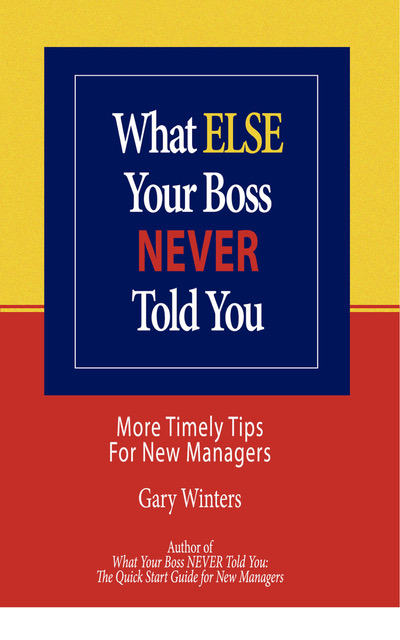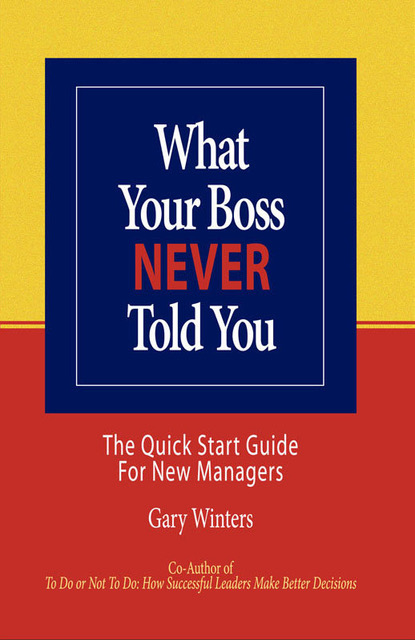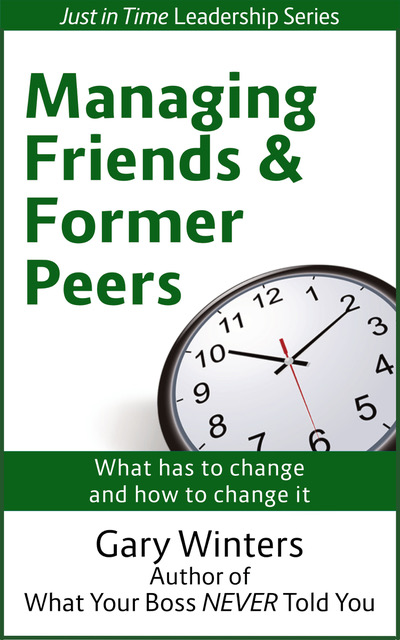I watched a meeting unfolding of the directors of a new company, who were trying to decide which vendor would supply a key service to the organization. After several minutes of heated debate, the director of business development literally stood up and pounded his fist on the table.
That got everyone’s attention!
“I think we should use Acme! Does anyone have a problem with that?”
The room fell silent.
Then he said (and this is the best part), “I guess we have consensus. Let’s move on!”
Did they have consensus? Nope.
They had silence.
Consensus is one of the most misunderstood concepts in organizations today. Let’s discuss what it is, what it isn’t, and how to achieve it.
I’ll start with what consensus isn’t. It’s not unanimity, where everyone agrees 100% with the proposal. It’s not majority rule, either. It’s not silence, and it’s not something you reach simply because time is running out so everyone throws in the towel.
Consensus is an agreement that has two critical characteristics: everyone in the room agrees they “can live with” the proposal, and they further agree to support it should it be adopted.
This means that each person has decided that this particular proposal, while perhaps not being exactly what they would have chosen, is close enough. Furthermore, they’d decided to support the proposal as though it was the one they would have chosen. They will not sabotage it afterwards, second-guess it, or take no responsibility for it.
How do you reach consensus with a group? You must set a climate where people are willing to do two things:
Plant their stake.
Let people know where they stand and how they feel. Put options on the table (perhaps just to make sure they’re considered). Participate.
Move their stake.
After hearing from others, people need to be willing to be influenced and change their position. They need to be searching for the best thinking of the group, rather than bolstering arguments on their own position. They should seek to understand others, not prevail in the discussion.
You can’t have consensus if people won’t plant their stake, or if people won’t move their stake.
How do you know when you have consensus?
How many meetings drag on and on, as people “beat a dead horse” in the search for consensus? We all know the answer to that one! Fortunately, there’s a way to test for consensus that’s deceptively easy and nearly fool-proof.
Once a participant senses that the horse has probably met his maker, he or she can test for consensus by asking everyone for a show of thumbs.
A show of thumbs?
Exactly. Thumbs up means “I support this proposal completely.”
Thumbs down means “I can’t support this proposal yet.”
But most importantly, thumbs to the side (parallel to the ground) means, “Although this is not exactly what I would propose we can do, I can live with it and agree to support it.”
Consensus is then defined, behaviorally, as a decision which passes the thumb test – every thumb is either pointed up or to the side. If there’s a thumb or two pointed down, the horse is still breathing, and the dialogue must be allowed to continue.
If you’re going for consensus, remember to refresh the group’s memory of what it means – we going to reach a decision that each of you can live with, and that all of you agree to support afterwards.







